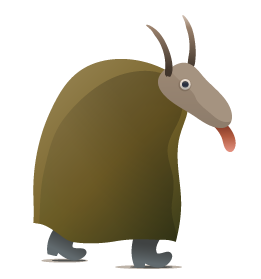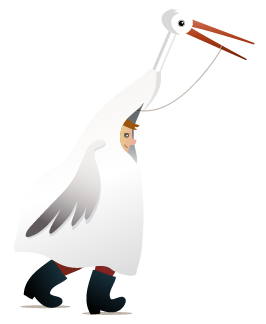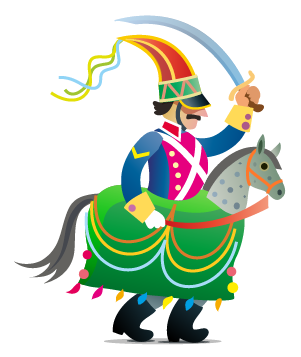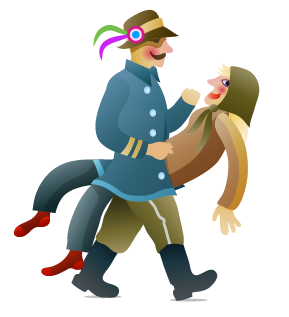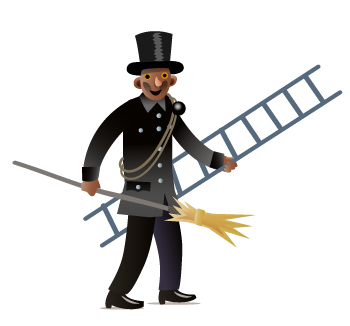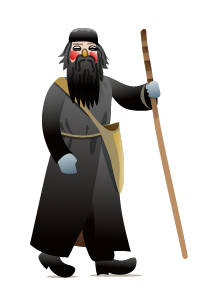Shrovetide (Zapusty) customs – „Walking with a Goat” in Kuyawia Region
Symbolism of characters
„Chodzenie z kozą” to zwyczaj praktykowany do dziś na Kujawach, dawniej także na Pałukach i w Wielkopolsce, w ostatnie dni karnawału, czyli zapusty. Obrzęd ten, o przedchrześcijańskiej genezie, związany był z magią wegetacyjną i płodnościową. Podobnie jak kolędowanie okresu Bożego Narodzenia, wywodzi się z pogańskich świąt przełomu zimy i lata oraz Starego i Nowego Roku. Tradycyjnie uczestnikami zwyczaju byli mężczyźni, którzy w przebraniach i z maszkarami zwierzęcymi w rękach wędrowali od domu do domu. Maszkary symbolizowały siły wegetacyjne i spełniały funkcje magiczne – ich obecność miała pobudzić przyrodę i spowodować szybkie nadejście wiosny. Dawniej pochody kończyły się zabawą podkoziołkową w karczmie. W jej trakcie panny wykupywały tańce z wybranymi chłopcami rzucając monety pod koziołka – figurkę wystruganą z drewna, buraka cukrowego lub brukwi.


